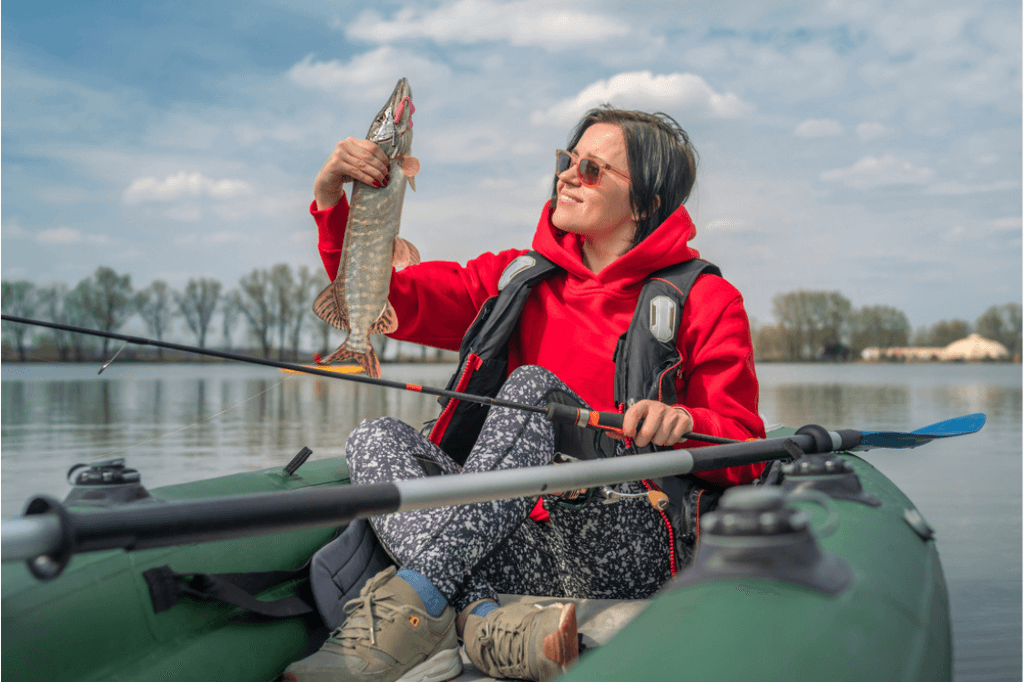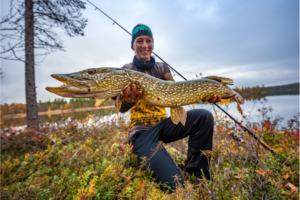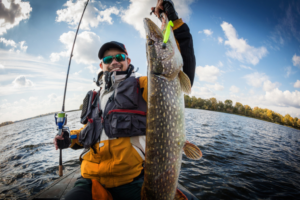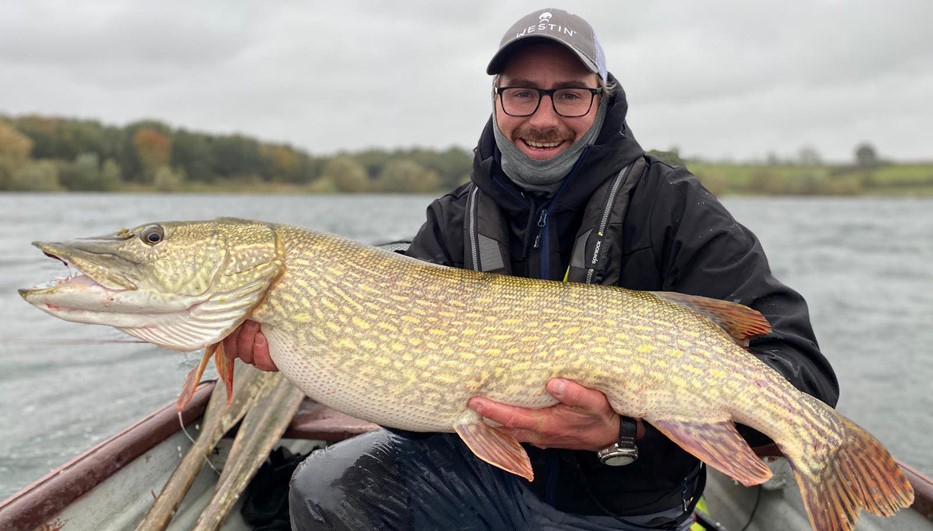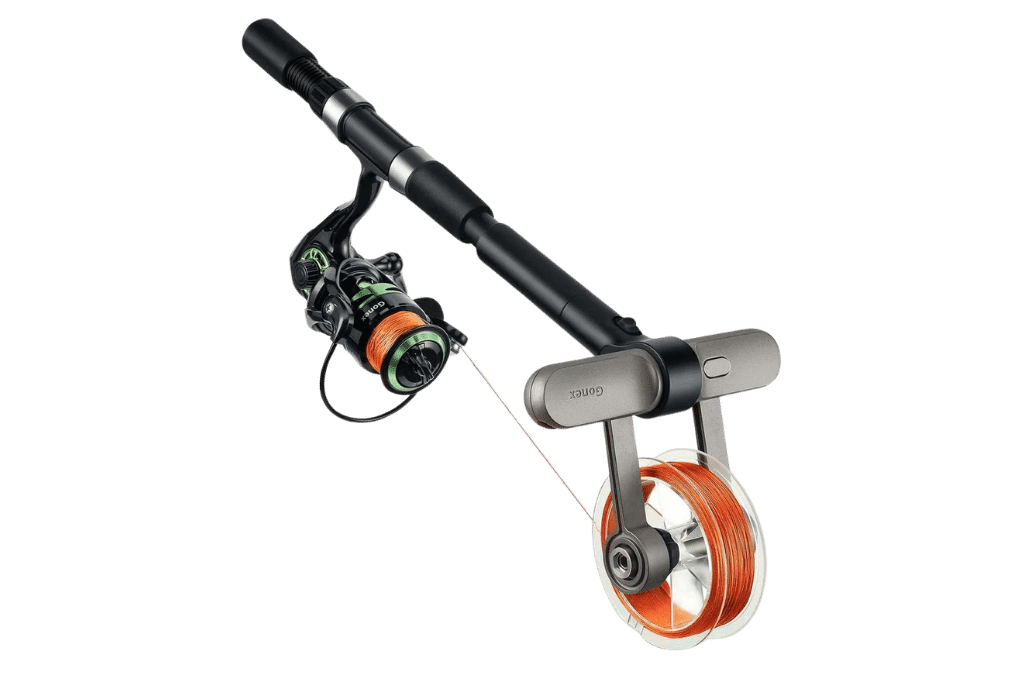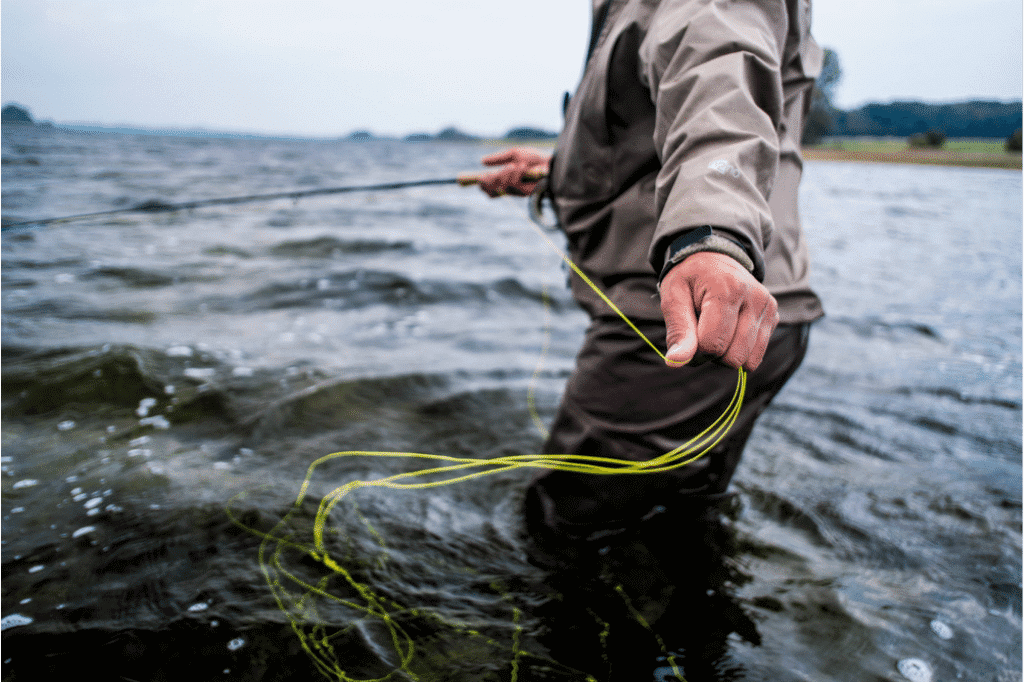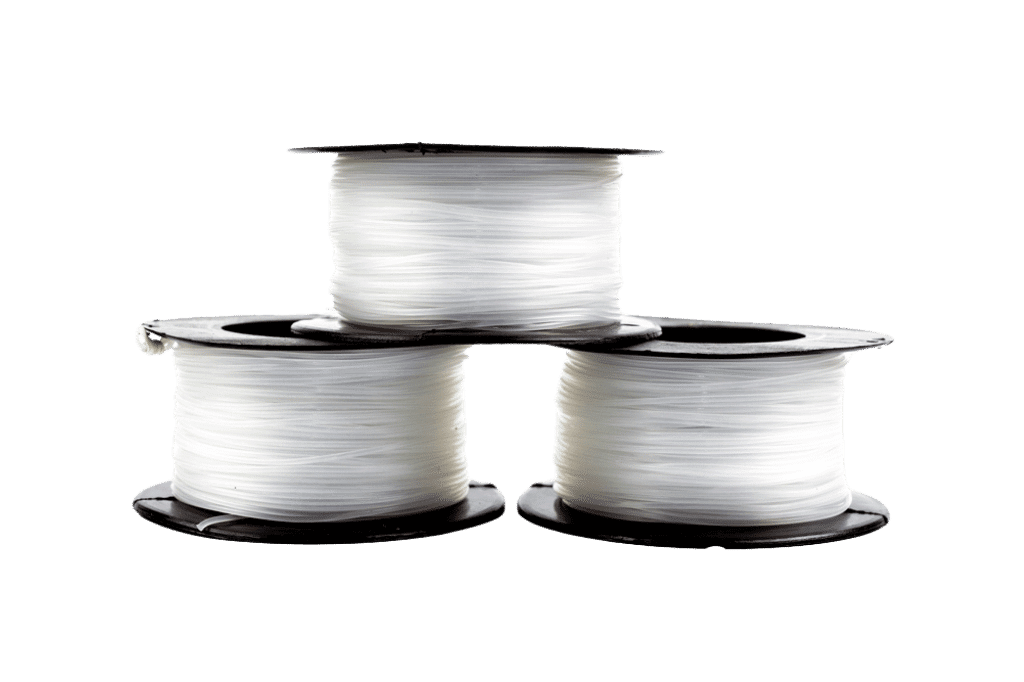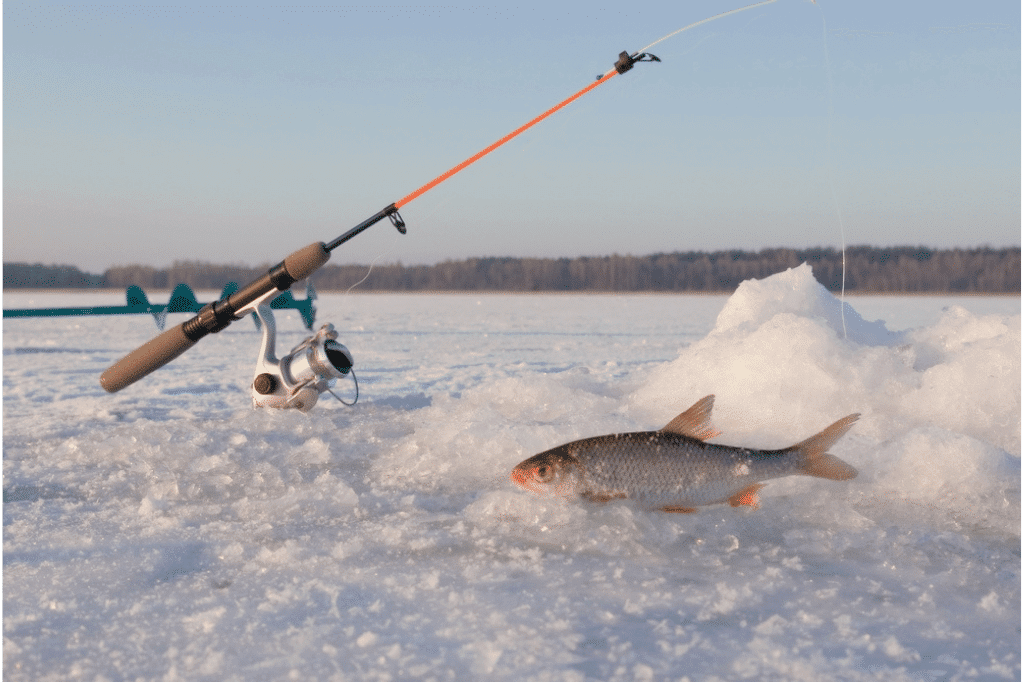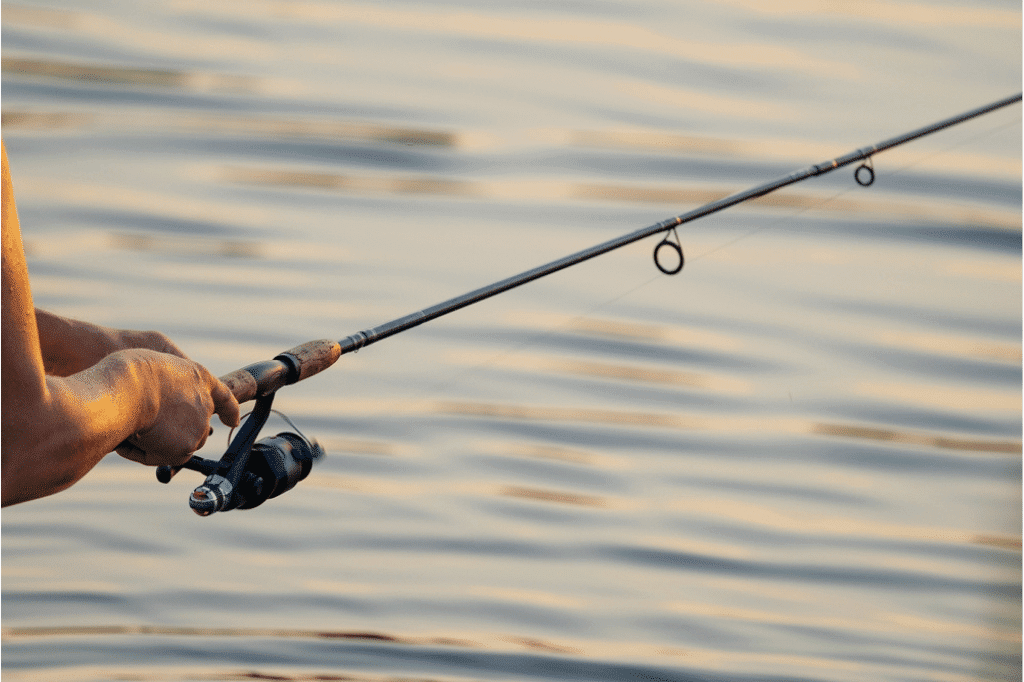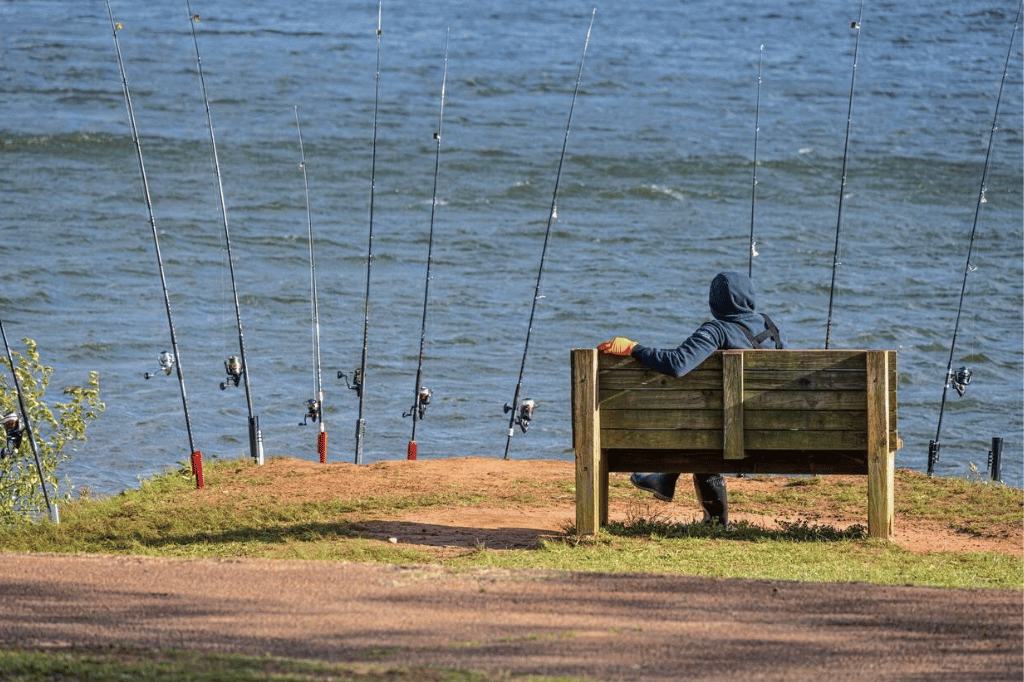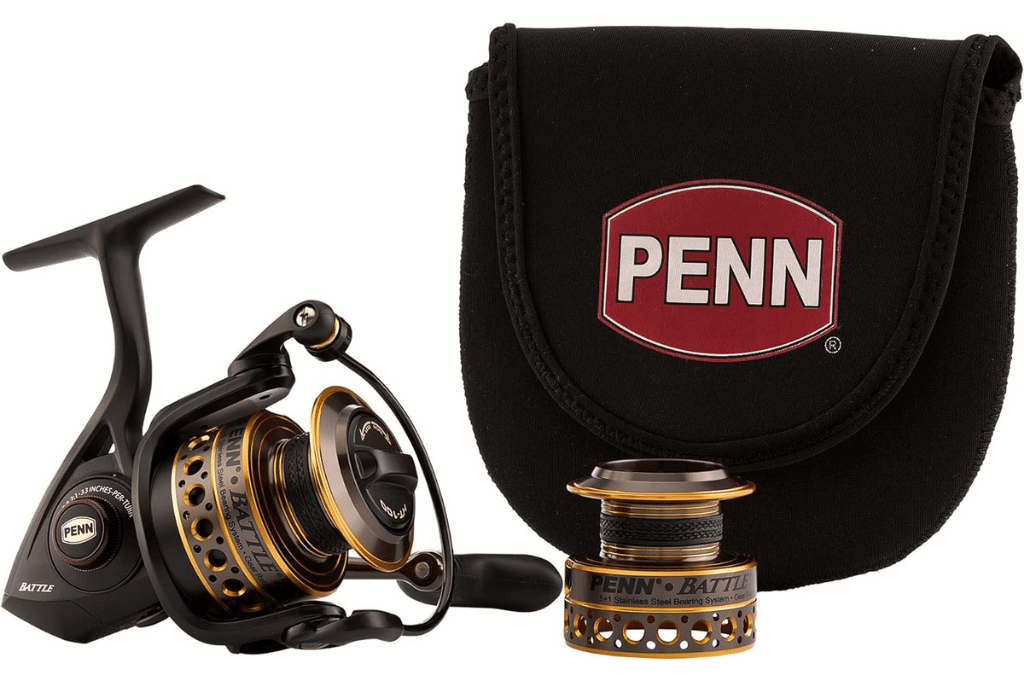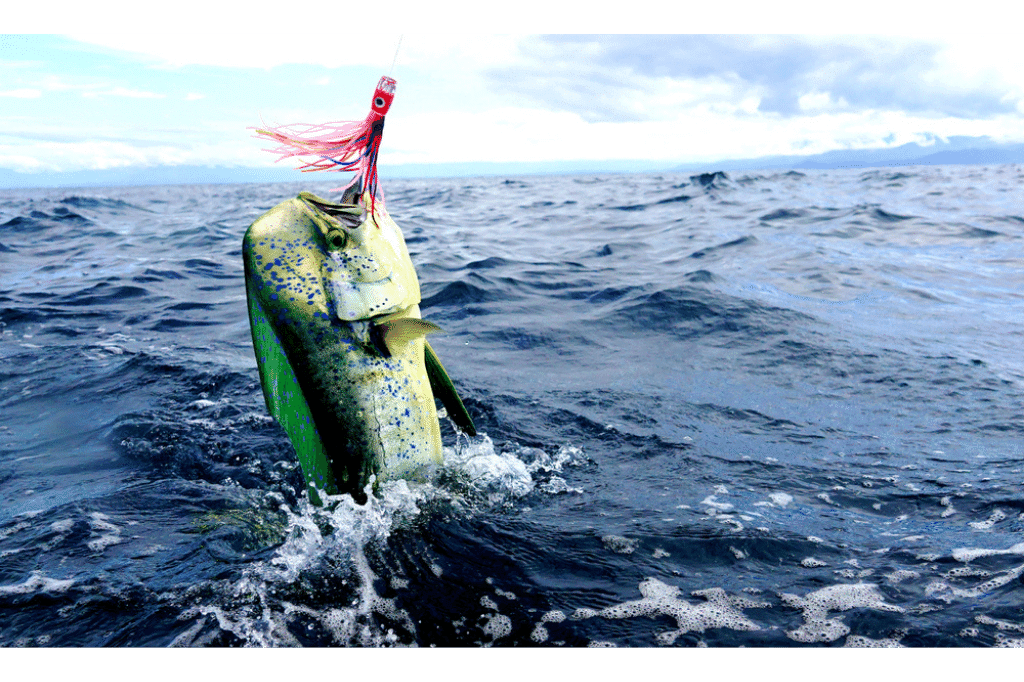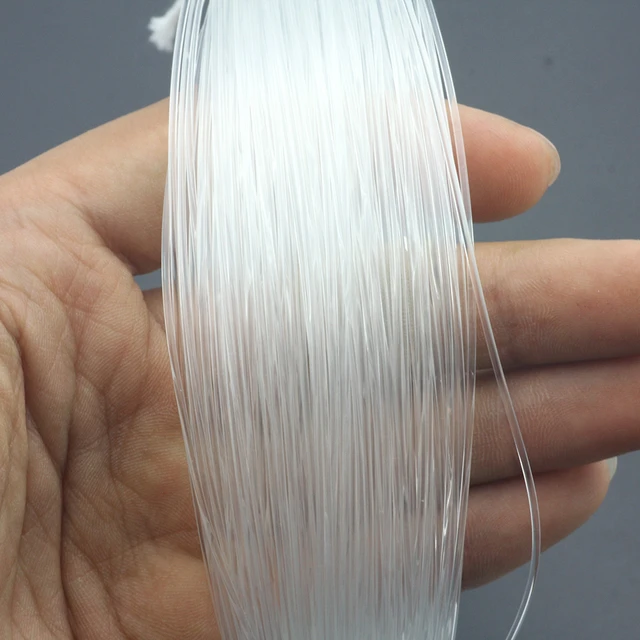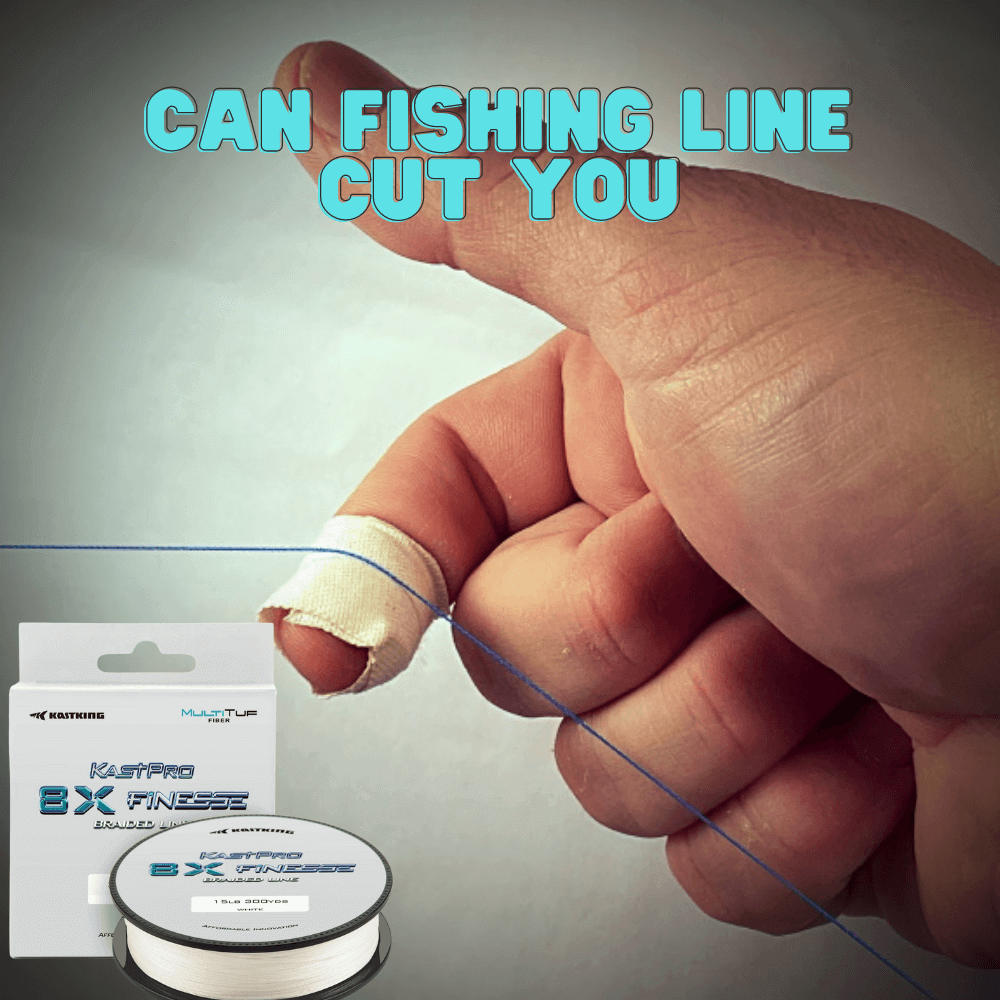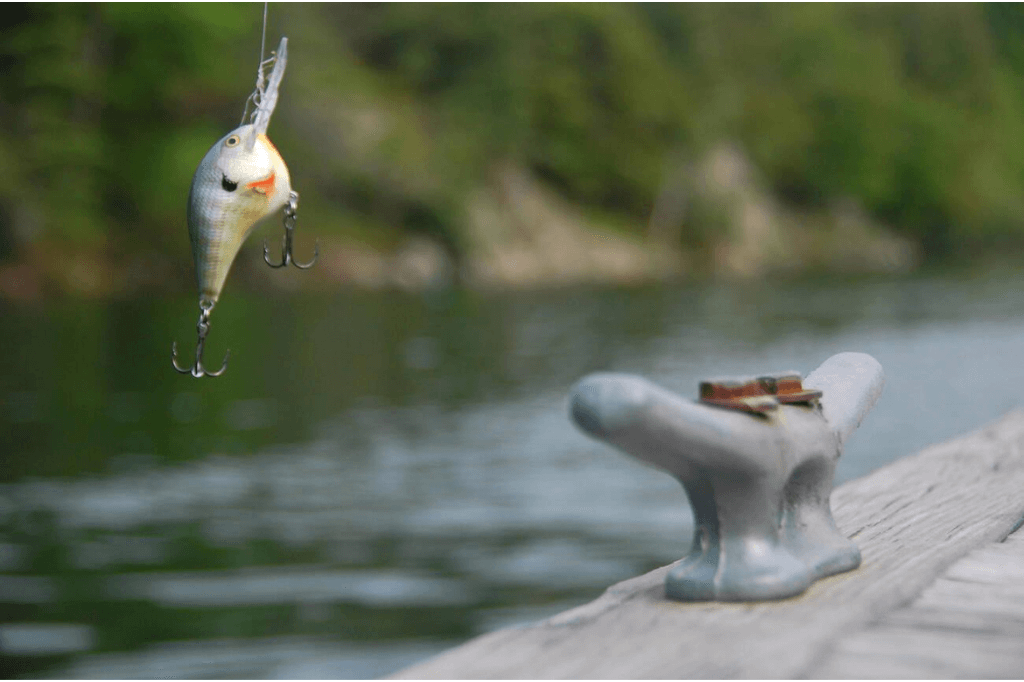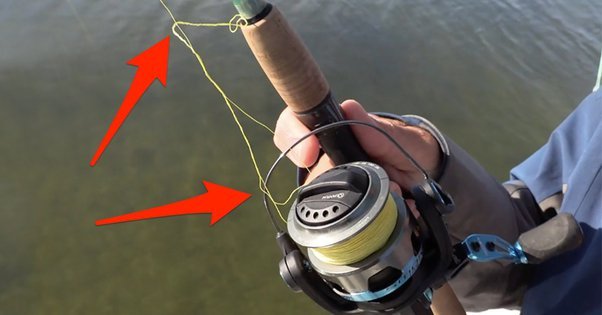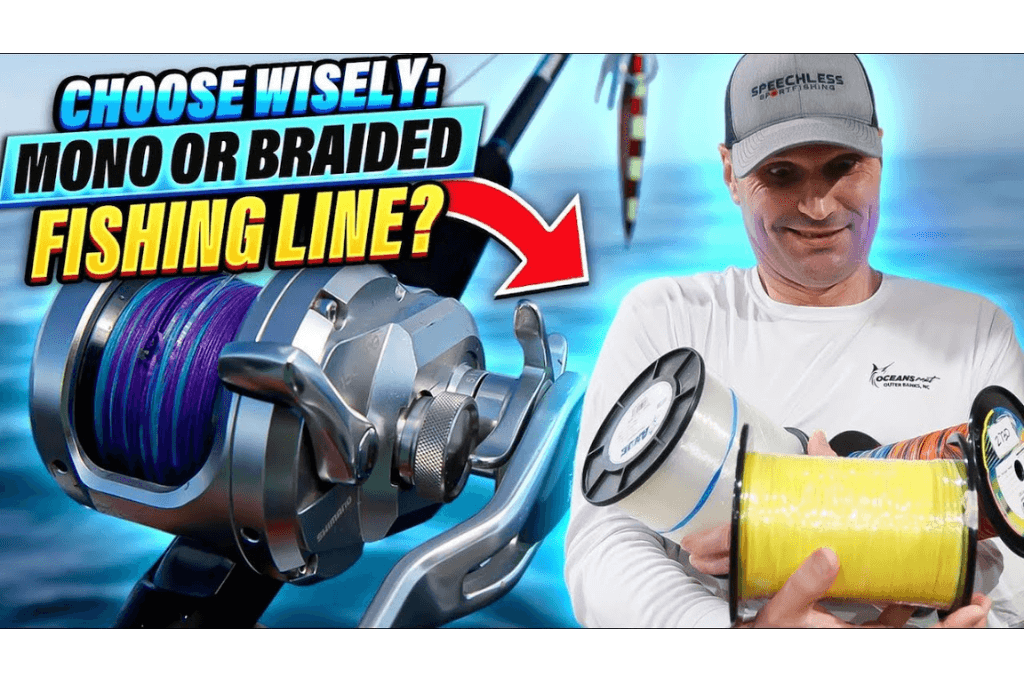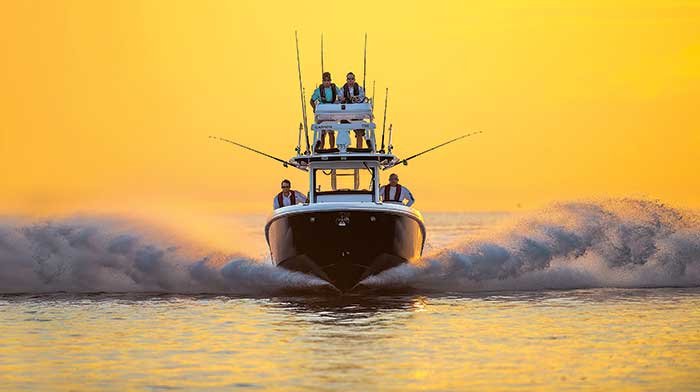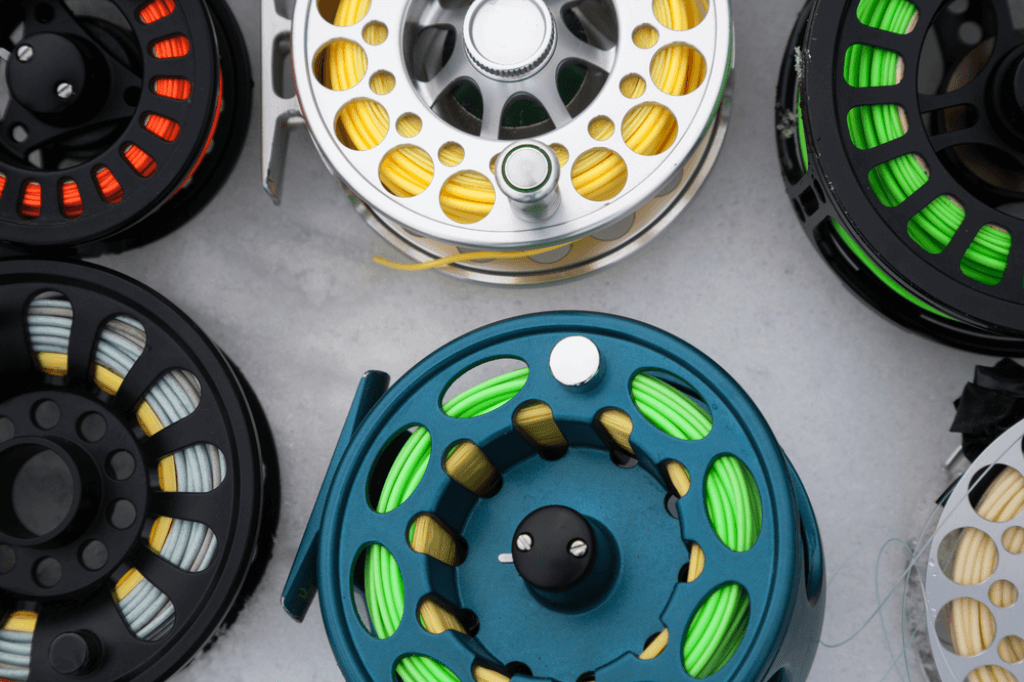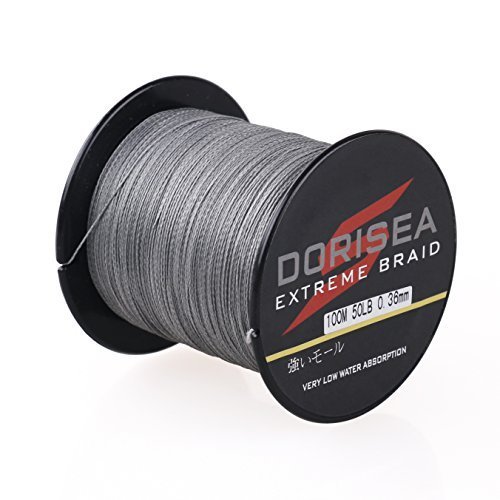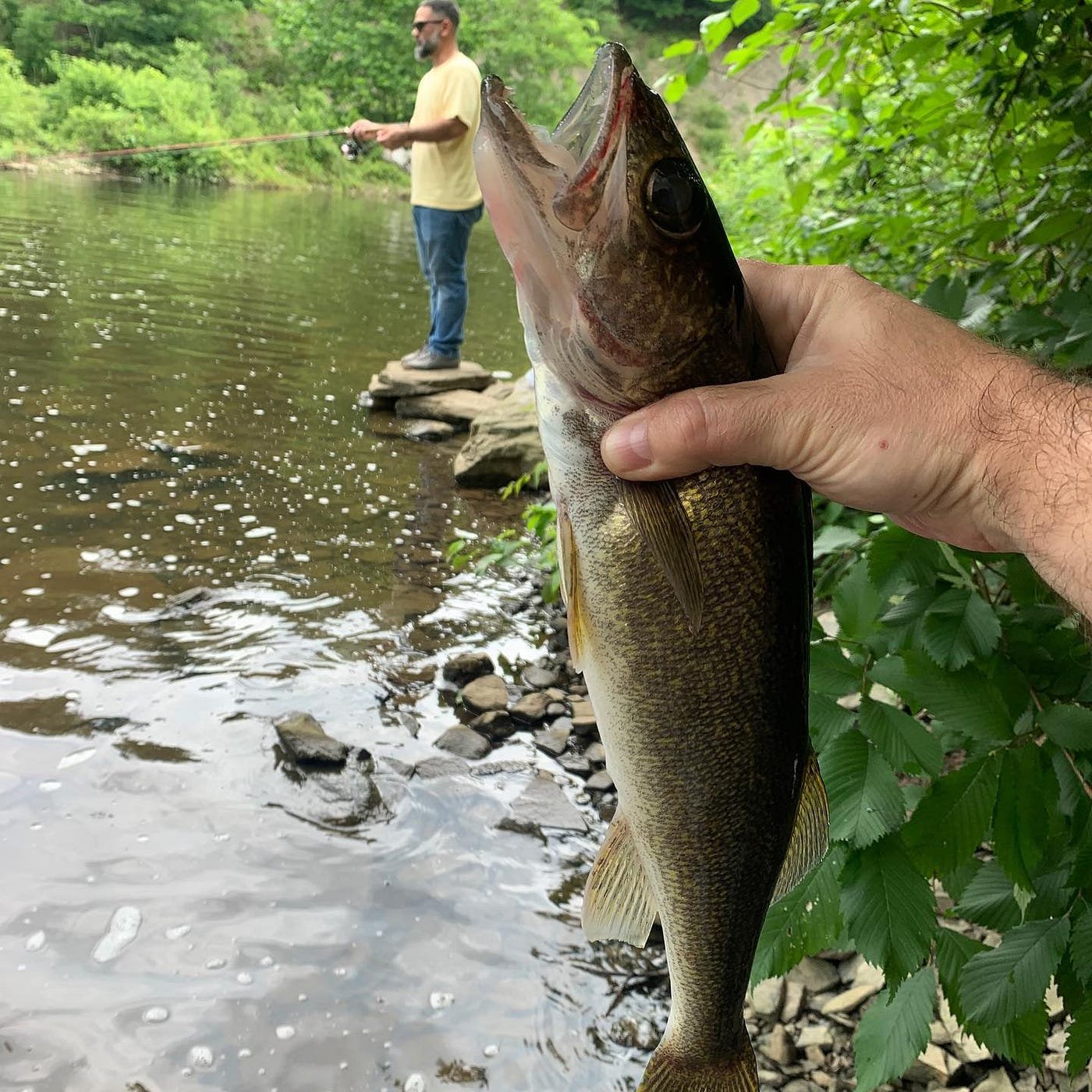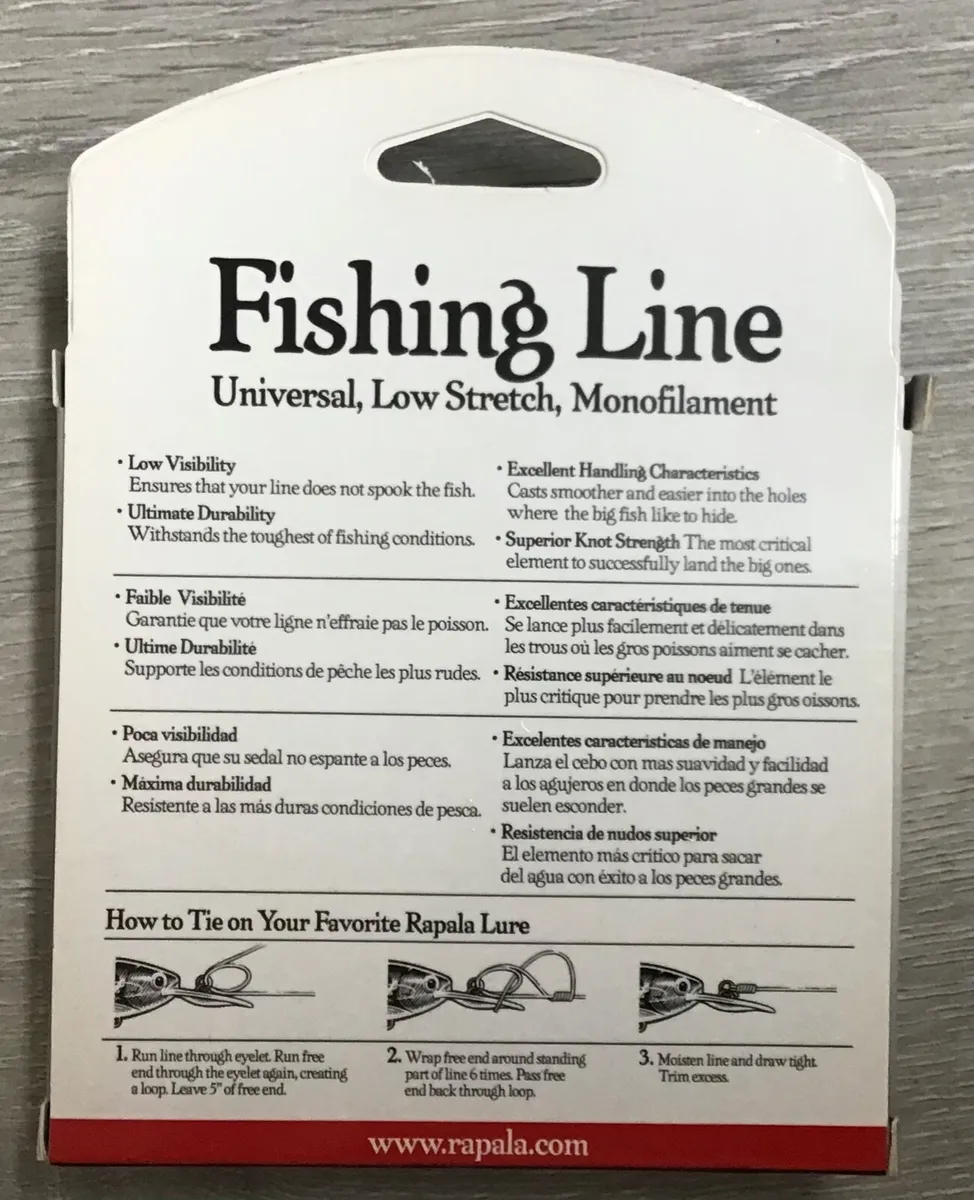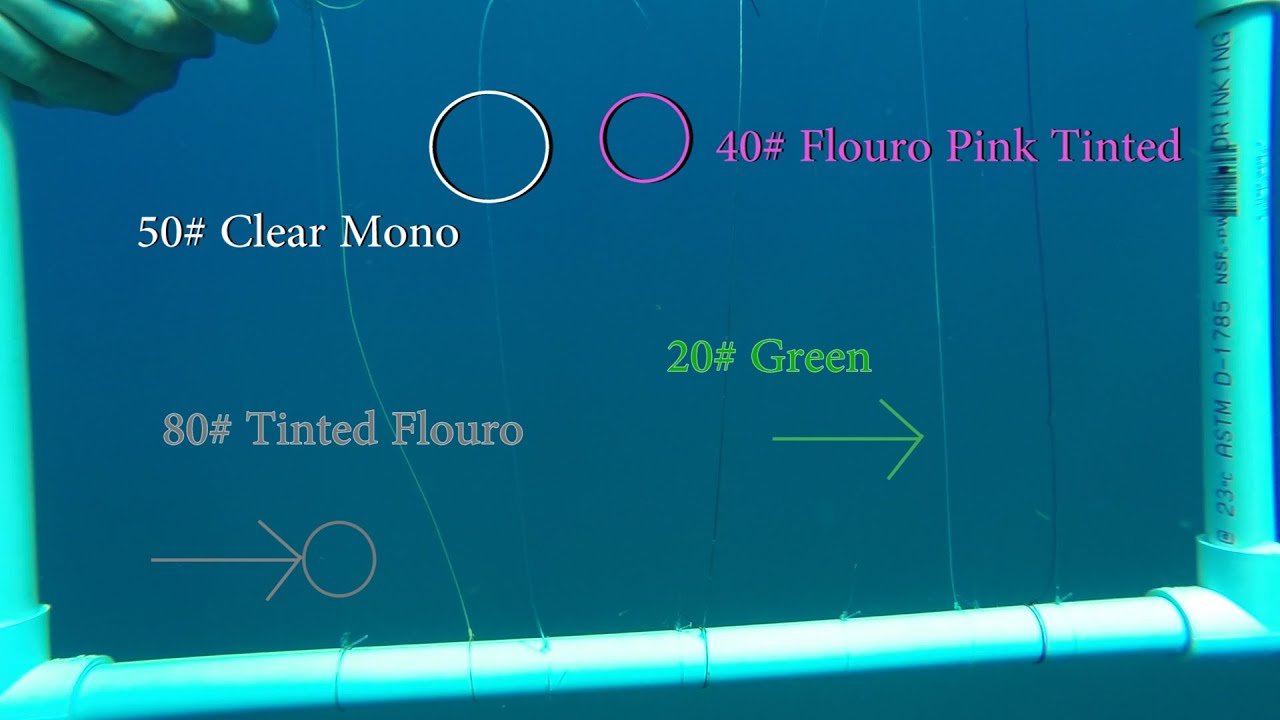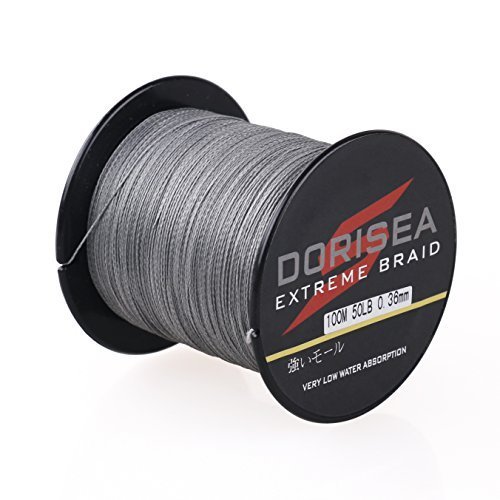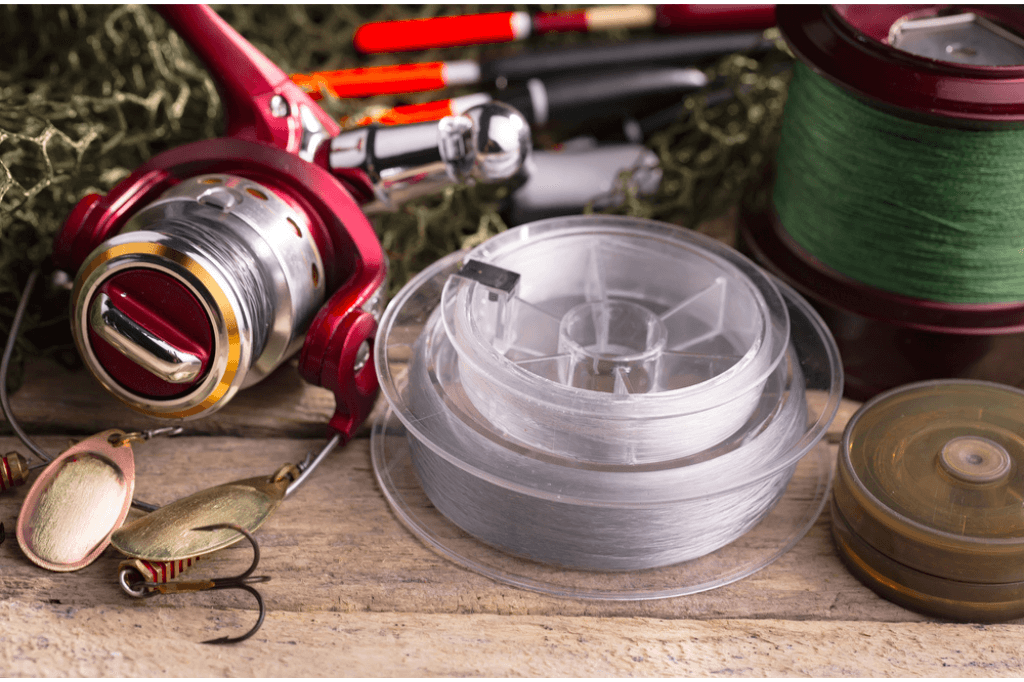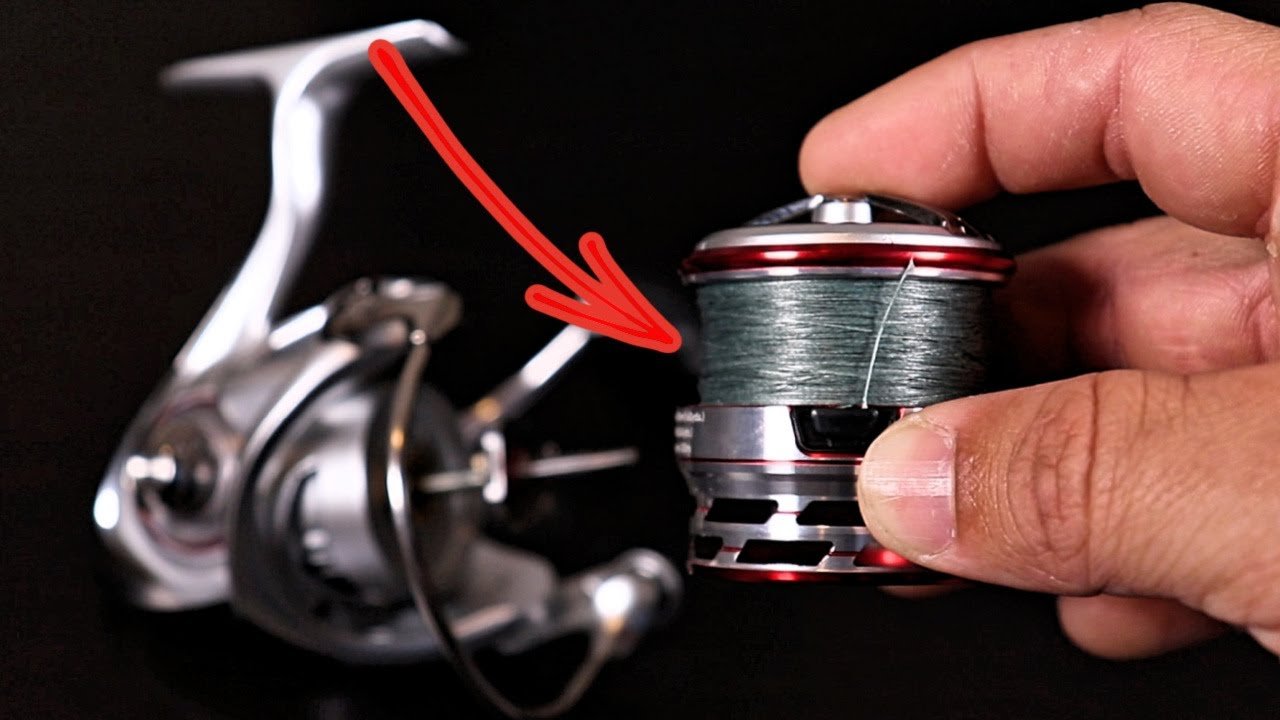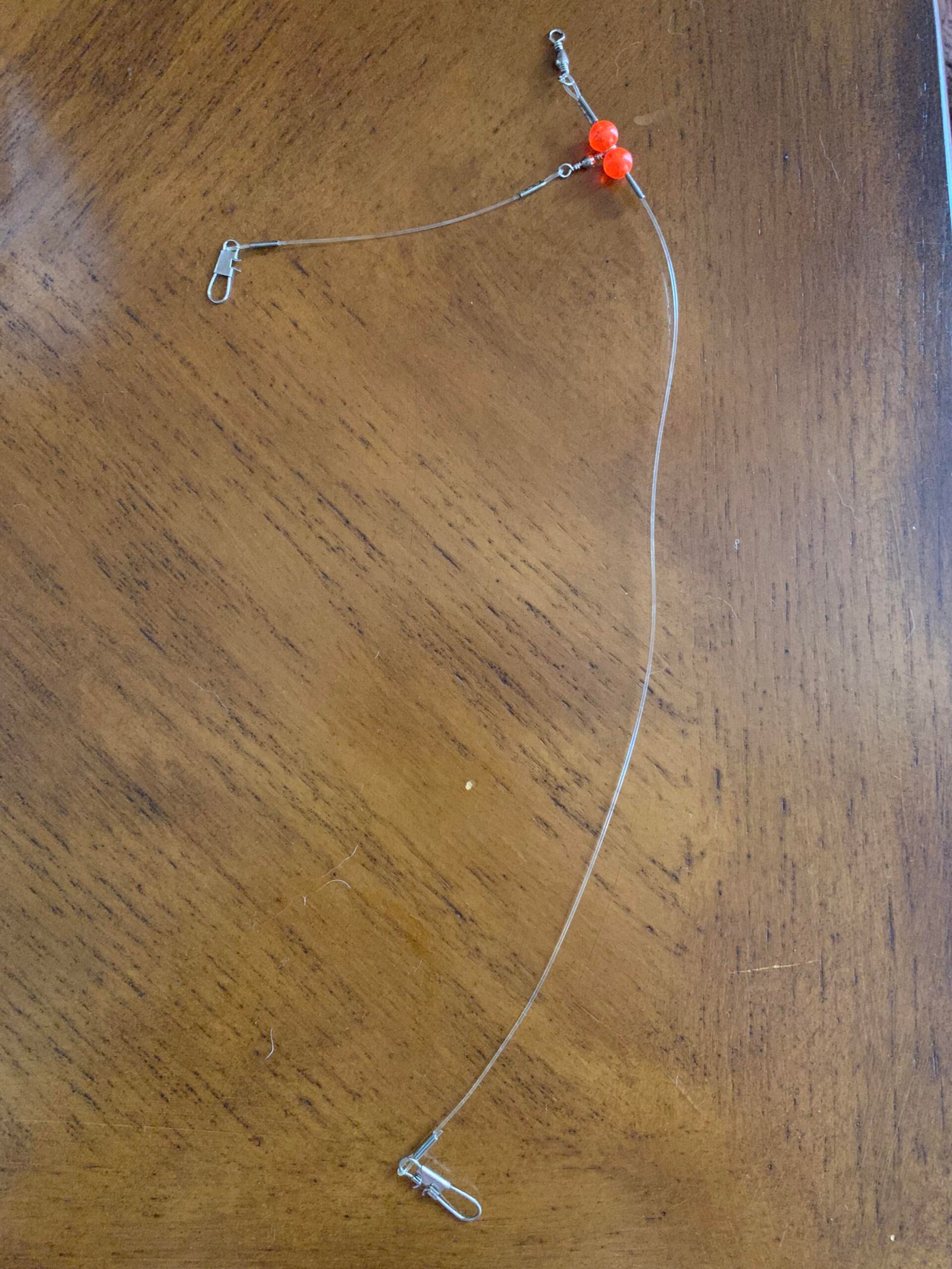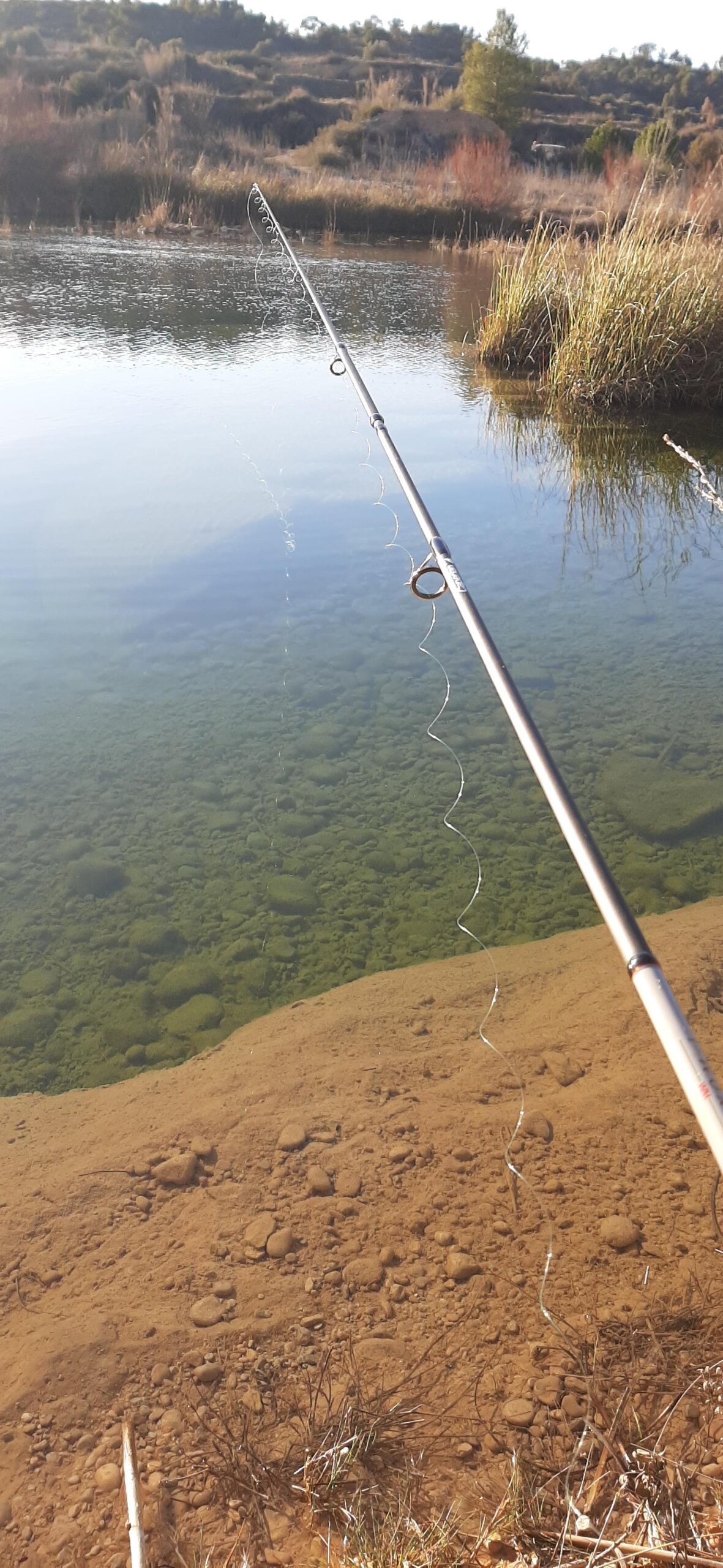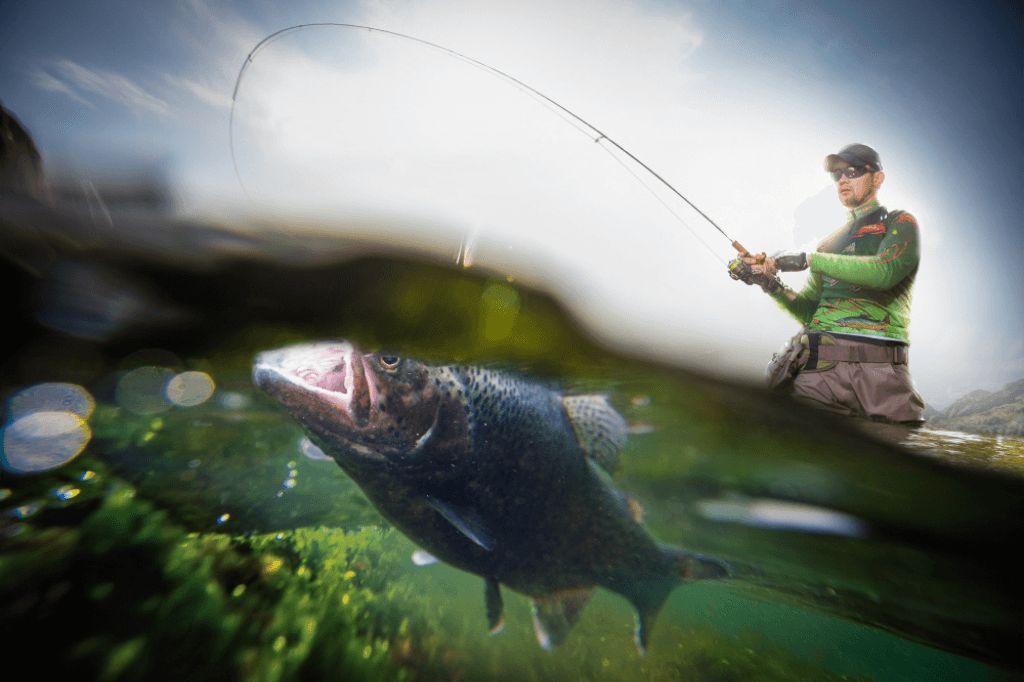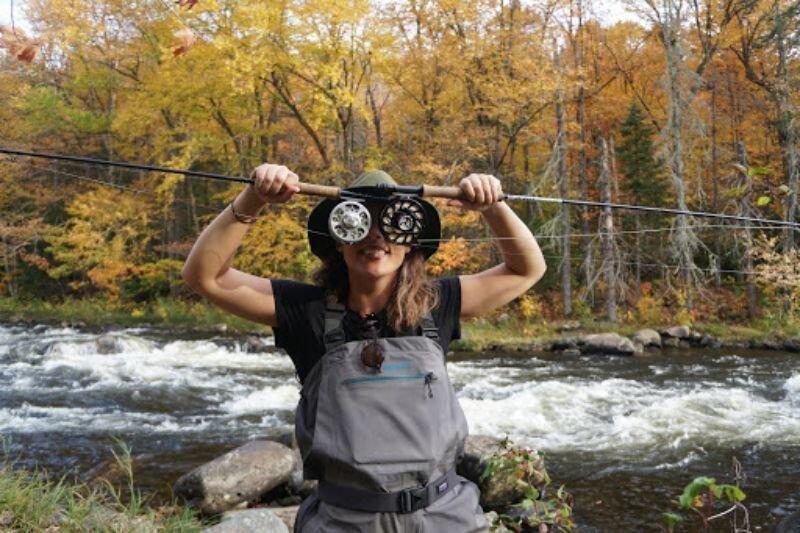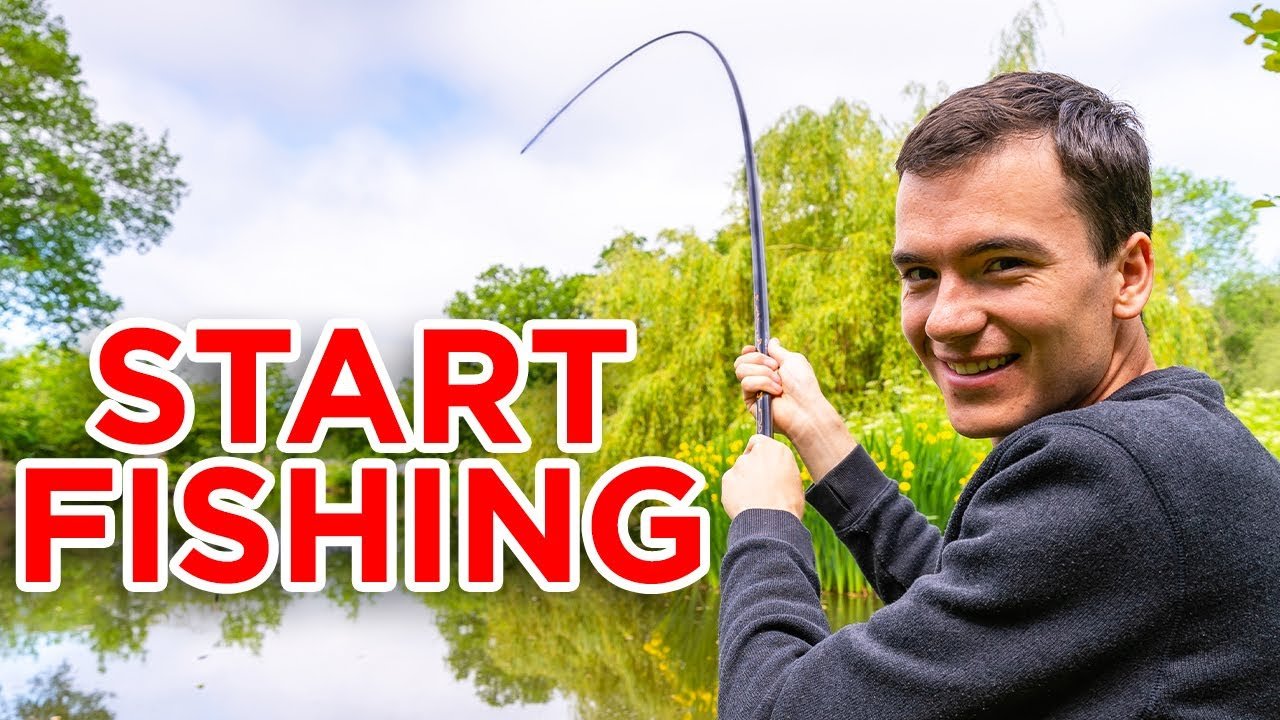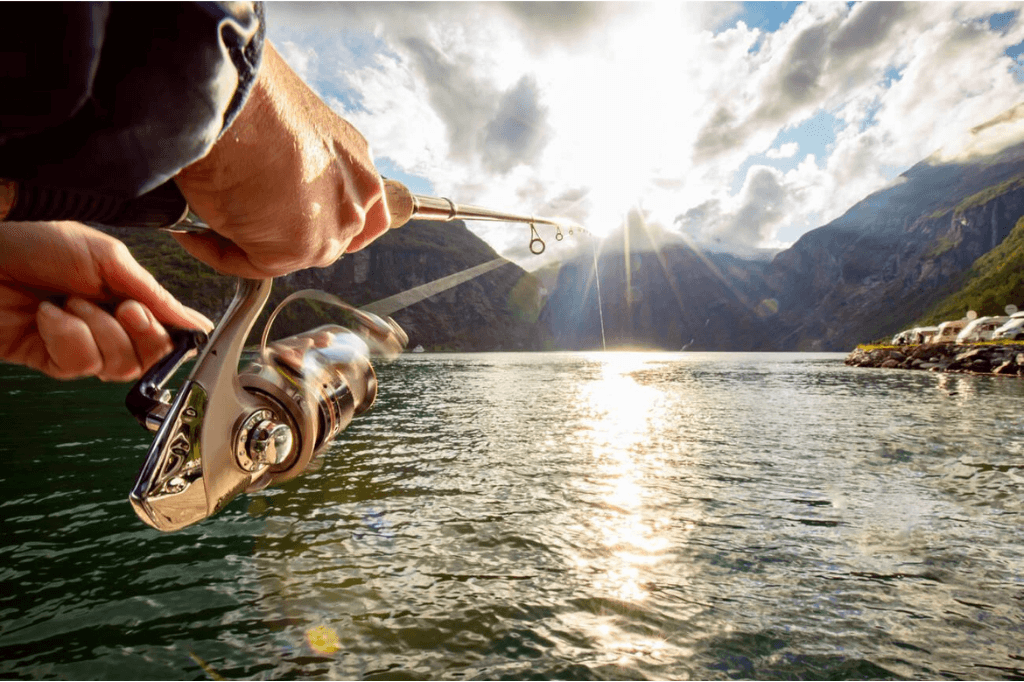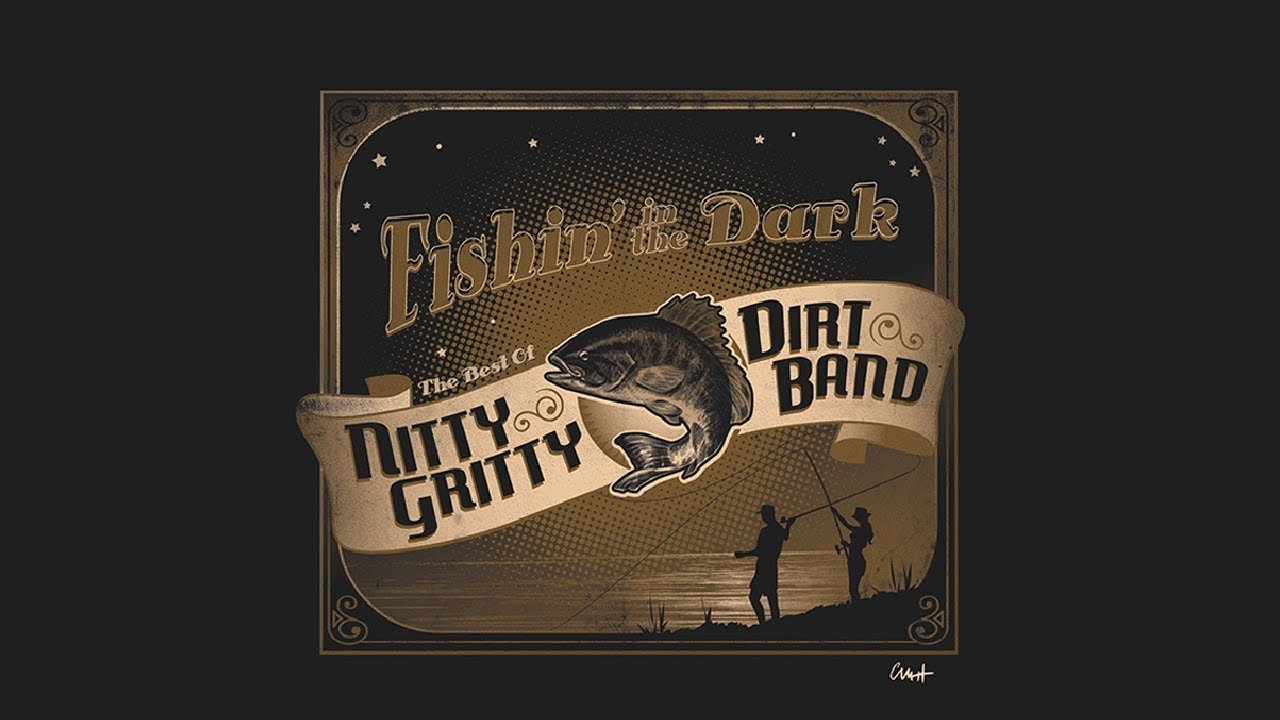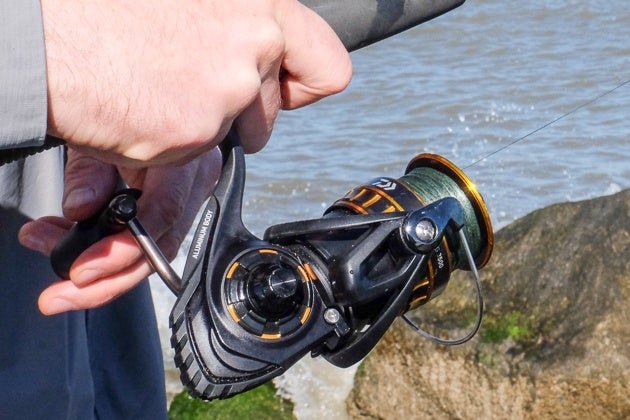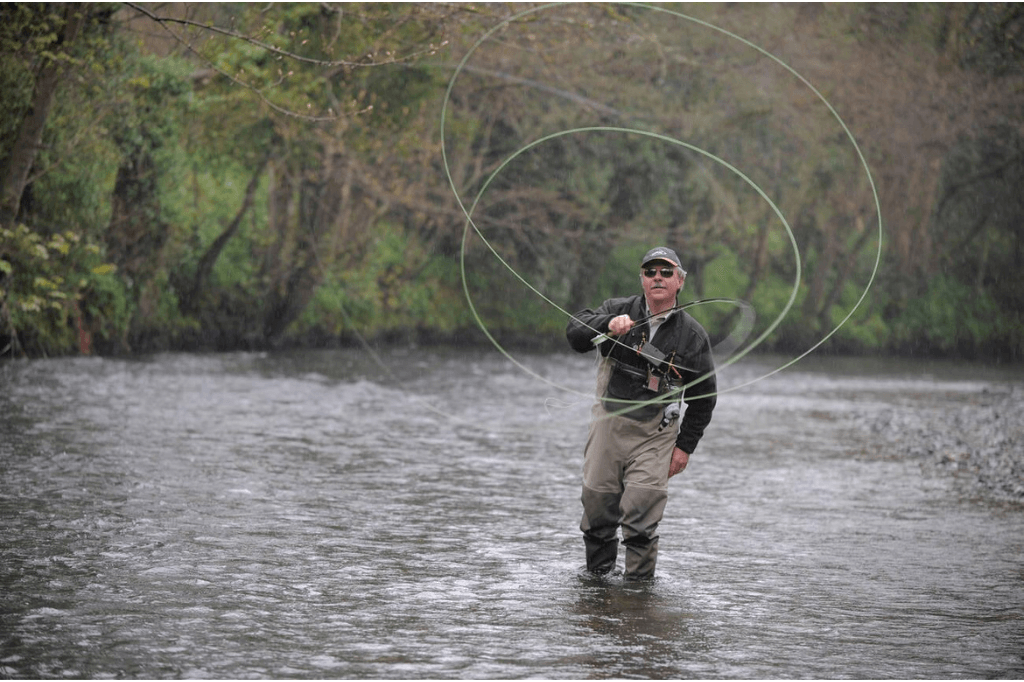With a sleek, torpedo-shaped body, pike are perfectly adapted for an ambush predator lifestyle, concealing themselves among aquatic plants to surprise their prey. These fish can grow to considerable sizes, with some specimens reaching over a meter in length, making them a popular target for sport fishermen.
Pike are also recognized by their olive green coloration, marked with short, light bar-like spots and a few to many dark spots on the fins. Their diet primarily includes other fish, but they can also feed on small mammals and birds when available. Anglers admire pike for their fighting spirit and the challenge they present when hooked, making them a celebrated catch in the angling community.
The Allure Of Pike Fishing
Pike fishing stands as a thrilling pursuit for anglers around the world. Known for their elusive nature and impressive size, pike lure fishermen to the water’s edge with the promise of a memorable catch. The allure goes beyond the catch itself; it’s a blend of skill, patience, and the rush of the hunt. Whether it’s the serene environment or the challenge that comes with reeling in a trophy pike, this activity captures the hearts of many.
The Appeal Of Chasing Trophy Pike
Anglers often dream of catching a trophy pike. These fish are not just big; they’re smart, fast, and put up a strong fight. Landing a trophy requires skill and dedication. The thrill of the chase and the potential for a story-worthy catch keep fishermen coming back for more.
Understanding Pike Behavior And Habitat
To catch pike, you need to know where to find them and how they behave. Pike thrive in cool, weedy waters and are ambush predators. They hide and wait for the right moment to strike their prey. Understanding their feeding times and preferred spots is crucial. Seasonal changes also affect their location and activity levels. Knowledge of these patterns increases the odds of a successful catch.
- Early morning and late afternoon are prime feeding times.
- Pike favor areas with ample cover, such as weed beds or sunken structures.
- Spring and fall see more active pike as they prepare for spawning and winter.
Pike Identification And Species Variants
The pike is a captivating freshwater fish known for its elongated body and sharp teeth. This section delves into the key aspects of pike identification and the various species variants found worldwide. Understanding these details is crucial for anglers and nature enthusiasts alike.
Physical Characteristics Of Pike
Pike, scientifically known as Esox lucius, display distinctive physical features. Let’s explore these traits that make pike easily recognizable.
- Olive green shading: Camouflages with aquatic vegetation.
- White belly: Contrasts with the darker back.
- Long, flat snout: Filled with sharp teeth.
- Slender body: Stretches up to 5 feet in length.
- Rows of sensory pores: Line the head and lower jaw.
Geographical Distribution Of Pike Species
Pike species thrive in various environments across the globe. Each species adapts to its specific habitat. Here are the regions where these species are commonly found:
| Species | Location |
|---|---|
| Esox lucius (Northern Pike) | Northern Hemisphere, across North America and Eurasia |
| Esox niger (Chain Pickerel) | Eastern North America |
| Esox americanus (American Pickerel) | North America |
| Esox reichertii (Amur Pike) | Asia, in the Amur River system |
Gear Essentials For Pike Angling
Are you ready to tackle the challenge of pike fishing? Choosing the right gear is crucial. This section covers everything you need to know about rods, reels, and lures for successful pike angling.
Rod And Reel Setups For Pike Fishing
Pike are strong and can grow quite large. Your gear needs to match this challenge.
- Choose a rod that is long and sturdy. A length of 7-9 feet works well.
- Fast action rods are best as they provide good sensitivity and power.
- For reels, a medium to large baitcasting reel is ideal.
Ensure the reel has a strong drag system to handle the pike’s sharp runs. Spool it with 30-50 lb braid for best results.
Lure Selection: What Works Best For Pike
Pike are predatory and respond well to a variety of lures. Here’s what to include in your tackle box:
| Lure Type | Description | Why It Works |
|---|---|---|
| Spoons | Metal, shiny, wobbles in water | Mimics injured fish, attracts pike |
| Spinnerbaits | Has spinning blades | Creates vibration and flash |
| Soft Plastics | Imitates fish or frogs | Useful in weedy waters |
| Jerkbaits | Long, mimics injured fish | Provokes strikes through jerking motion |
Experiment with these lures to see which one works best under different conditions.
Tactics For Trophy Pike
Pike fishing is an exhilarating experience, particularly when you’re after that trophy catch. To increase your chances of landing a monster pike, it’s crucial to understand and implement effective fishing tactics. In this post, we’ll explore some of the most successful strategies for catching trophy pike throughout the year, taking into account seasonal patterns and weather conditions.
Seasonal Strategies For Pike Fishing
As seasons change, so do the habits of pike. Adjust your tactics to align with these patterns:
- Spring: Target shallow waters where pike spawn. Use bright lures to attract attention.
- Summer: Focus on deeper waters as pike escape the heat. Slow down your retrieval.
- Fall: Fish near vegetation. Pike prepare for winter and are more aggressive.
- Winter: Ice fishing dominates. Use live bait and jigging techniques for success.
Weather Conditions And Their Effect On Pike Behavior
Weather plays a vital role in pike activity:
| Weather Condition | Pike Behavior | Tactics |
|---|---|---|
| Sunny | Pike seek shade and deeper waters. | Cast in shaded areas or go deep. |
| Cloudy | Pike are more active and roam around. | Use moving baits to mimic live prey. |
| Windy | Pike face the wind to catch prey. | Cast into the wind for best results. |
| Rainy | Pike use low visibility to ambush prey. | Choose vibrant lures to stand out. |
Understanding these strategies will help you adapt to pike behavior and increase your chances of a trophy catch. With the right approach, you can outsmart even the wiliest pike in any condition!
Locating Prime Pike Waters
An angler’s quest for the elusive pike often begins with the challenge of finding the perfect habitat. Understanding where pike thrive is crucial for a successful catch. This guide unveils tips and techniques to locate prime pike waters where these apex predators lurk.
How To Find Productive Pike Lakes And Rivers
Identifying the ideal pike environment is key. Look for areas with abundant aquatic vegetation, as pike use these as hunting grounds. Clear, cool, oxygen-rich waters often indicate a healthy pike population. Consider the following:
- Check water body maps for structures like inlets, bays, and drop-offs.
- Seek local knowledge from bait shops and fellow anglers.
- Focus on seasons; pike location can change with temperature shifts.
Water bodies with a mix of depths and prey species are prime pike territories. Shallow areas warm up faster in spring, attracting pike for spawning. As summer heats up, deeper, cooler areas become pike hotspots.
Using Technology To Pinpoint Pike Hotspots
Modern technology has revolutionized the way anglers locate pike. Electronic tools are invaluable. Here’s how to leverage them:
- Fish finders detect underwater structures and fish presence.
- GPS mapping helps log successful spots for future trips.
- Mobile apps provide real-time data on water conditions.
Integrate these tools for a strategic fishing approach. Combine electronic insights with local wisdom for the best results. Advanced fish finders even display vegetation, where pike might hide. Use these to maximize your time on the water.
Pike Fishing Techniques
Pike fishing is a popular angling adventure, drawing enthusiasts to the challenge of catching this elusive predator. Mastering pike fishing requires knowledge of various techniques. Each method promises a unique experience on the water. Whether you prefer the quiet patience of casting or the excitement of trolling, there’s a pike fishing style for everyone.
Trolling Vs. Casting For Pike
Anglers often debate between trolling and casting for pike. Each strategy has its advantages, tailored to different water conditions and angler preferences.
| Trolling for Pike | Casting for Pike |
|---|---|
| Covers large water areas quickly | Targets specific spots with precision |
| Effective in deep waters | Ideal for shallow or weedy areas |
| Utilizes multiple rods | Focuses on skillful lure presentation |
Choice of technique depends on your fishing location and pike behavior. Experiment with both to discover what works best for you.
Fly Fishing For Pike: A Thrilling Challenge
Fly fishing for pike is an adrenaline-pumping adventure. This method requires patience, skill, and the right gear.
- Use large, colorful flies to attract pike.
- Select a sturdy rod, capable of handling pike strikes.
- Practice casting techniques to navigate tricky spots.
Fly fishing offers a hands-on battle with these powerful fish. It’s an unforgettable experience that tests an angler’s prowess.
Conservation And Ethical Angling
Pike fish, known for their fierce appearance and predatory nature, require careful management to thrive. Conservation and ethical angling ensure the survival of this species for future generations. This section explores the essential practices that support pike populations and the role of anglers in conservation efforts.
Catch And Release Practices
Catch and release is a key component of pike conservation. This practice allows anglers to enjoy the sport without depleting fish populations. Proper techniques are essential to ensure the fish’s survival post-release. Let’s delve into some effective methods:
- Use barbless hooks to minimize injury.
- Handle pike with wet hands to protect their slime coat.
- Keep the fish in water as much as possible.
- Support the pike horizontally when lifting.
- Use tools like pliers for quick hook removal.
- Revive the pike before releasing it back into the water.
The Role Of Anglers In Pike Conservation
Anglers play a crucial part in protecting pike fish. Their actions can directly influence pike welfare and population levels. Here’s how anglers can make a positive impact:
- Follow local fishing regulations and seasons.
- Report any illegal activities or environmental concerns.
- Participate in habitat restoration projects.
- Contribute to citizen science by sharing catch data.
- Advocate for sustainable fishing practices.
Through mindful angling and active involvement in conservation, the fishing community can help safeguard pike populations for the enjoyment of all.
Preparing For The Catch
Excitement builds as you prepare for a pike fishing adventure. Knowing how to handle these impressive fish is crucial. Proper preparation ensures a safe and enjoyable experience for both you and the pike.
Handling And Unhooking Pike Safely
Pike, with their sharp teeth, require careful handling. Use these steps to ensure safety:
- Wear gloves: Thick gloves protect your hands from cuts.
- Use the right tools: Long-nose pliers or a disgorger help remove hooks safely.
- Support the body: Always support the pike’s body to avoid injury.
Never hold a pike by its gills or eyes. This can hurt the fish badly.
Taking The Perfect Trophy Photo
Capturing your catch on camera is exciting. Follow these tips for a great photo:
- Quick preparation: Have your camera ready before you land the fish.
- Support the fish: Hold the pike horizontally and support its weight.
- Minimize air exposure: Keep the photo session under 30 seconds.
This approach respects the pike and provides you with a memorable photo.
Culinary Delights: Pike In The Kitchen
Imagine a fish that transforms from river rogue to dining delight; that’s the pike. Known for its firm texture and mild flavor, pike has long been a staple in culinary circles. In this section, we’ll dive into how to clean and fillet this magnificent fish and explore some mouthwatering recipes that will make pike the star of your dinner table.
Cleaning And Filleting Pike
Preparing pike can be tricky due to its Y-bones. But with the right technique, you’ll have boneless fillets ready for cooking. Here’s a step-by-step guide:
- Descale the fish by scraping from tail to head with a knife.
- Remove the head, tail, and fins with sharp scissors.
- Slit the belly open and take out the guts.
- Make a cut behind the gills down to the backbone.
- Turn the knife parallel to the backbone and slice the fillet off.
- Repeat on the other side.
- Carefully remove the Y-bones using tweezers.
Rinse the fillets in cold water and pat them dry. Now they’re ready to cook!
Delicious Pike Recipes For The Table
Pike offers a versatility that’s a hit with chefs and home cooks alike. Below are two recipes that highlight its flavor:
- Pike Quenelles:
- Blend pike meat with egg whites and cream.
- Season with salt, pepper, and nutmeg.
- Form into dumplings and poach in fish stock.
- Serve with a creamy sauce.
- Grilled Pike Fillets:
- Marinate fillets in olive oil, lemon juice, and herbs.
- Grill until golden and flaky.
- Enjoy with a side of roasted vegetables.
Both dishes promise a delicious experience and showcase the natural flavor of pike. So, get your apron on and let’s cook up a storm!
Joining The Community
Welcome to the vibrant world of pike fishing, where camaraderie and competition blend seamlessly. Here, enthusiasts gather to share tales, tips, and the thrill of the catch. Becoming part of the pike fishing community opens doors to exciting events and the chance to bond with like-minded anglers.
Pike Fishing Competitions And Events
Step into the competitive spirit of pike fishing by joining local and national events. These competitions are not just about the biggest catch but also celebrate skill and strategy. Below is a glimpse of what to expect:
- Annual pike derbies where trophies await the finest anglers.
- Local tournaments that challenge your fishing prowess.
- Conservation-focused events, highlighting the importance of sustainable practices.
These gatherings often include family-friendly activities, making them perfect for all ages. Check out your local fishing clubs or online forums for upcoming dates!
Connecting With Fellow Pike Anglers
Building connections with other pike enthusiasts is easy and rewarding. Whether you’re a novice or a seasoned pro, there’s always something new to learn. Here’s how to start:
- Join online forums and social media groups dedicated to pike fishing.
- Attend local fishing meetups and workshops.
- Subscribe to pike fishing magazines and newsletters.
These platforms allow you to exchange tips, share your catches, and even plan outings with fellow anglers. Embrace the community spirit, and enjoy the collective wisdom it brings to your fishing adventures.

Frequently Asked Questions
Is Pike A Good Eating Fish?
Yes, pike is considered a tasty fish with firm, white flesh, though it requires careful preparation to remove the numerous small bones.
Are Pike Aggressive Fish?
Yes, pike are known to be aggressive predators, often hunting smaller fish with a territorial nature in their freshwater habitats.
Does Pike Have A Fishy Taste?
Pike generally has a mild, subtly sweet flavor rather than a strong fishy taste. Its firm texture makes it a favorite among freshwater fish enthusiasts. Pike is ideal for various cooking methods, appealing to those who prefer less fishy-tasting seafood.
What States Have Pike?
Pike, a type of freshwater fish, inhabit many states across the U. S. , particularly those with cooler climates and abundant lakes, such as Minnesota, Wisconsin, Alaska, and Michigan.
Conclusion
Diving into the world of pike fish has been an enlightening journey. These aquatic predators are not just fascinating; they’re crucial to their ecosystems. Understanding their habits and habitats can enhance our fishing experiences and conservation efforts. Let’s preserve these majestic creatures for future generations to marvel at and learn from.
Keep casting lines and safeguarding our waters – the pike depend on it.

